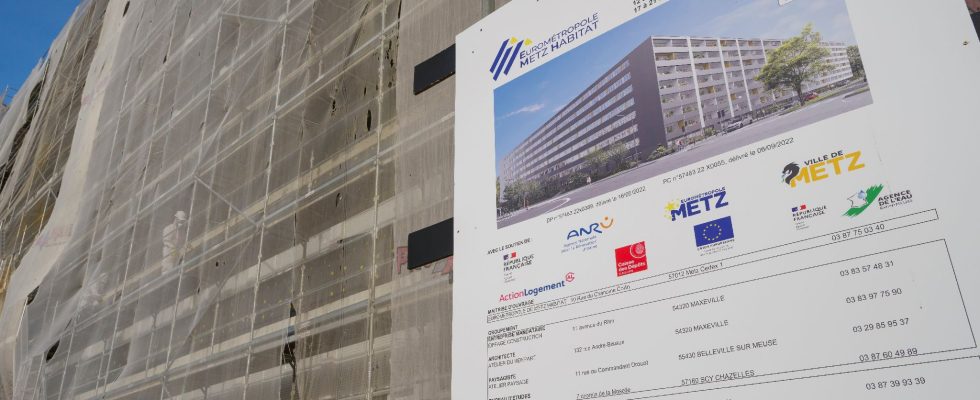Buying an electric car or investing in the thermal renovation of your home has a cost which remains dissuasive for a majority of French people despite the “significant” increase in aid, according to the Institute of Economics for Climate I4CE, a French think tank.
Special feature of this study published this Thursday, October 19 in the middle of the budget debate in Parliament: it analyzes in detail the mechanics of the household budget. What is the remaining liability if we change the boiler or windows while insulating? What is the return on investment time if you buy an electric car? What energy or fuel savings can we expect compared to monthly loan payments if we go into debt?
Conclusion: “the economic conditions are not met today for all households to be able to invest”, with the risk that this “generates a rejection of transition policies” and leads “collectively to an impasse”. This clear observation is not without remedy. The authors, who underline in passing that the obstacles to the energy transition are not only pecuniary, but due in particular to administrative procedures, suggest to the legislator avenues of change for the eleven current aid programs (six for renovation including VAT at 5.5% on works since 1999, five for electric mobility).
“Cash flow problem”
Public money covers 25% to 60% of the investment, depending on the scales. Increasingly indexed to income, this aid is “around twice as high for low-income households as for well-off households”. Threshold effects, however, confuse decision-making for half of the population, those who are neither poor nor rich: “they cause the aid amounts to vary by several thousand euros”, notes the study.
The study distinguishes three categories, the 30% of “modest” households with the lowest incomes, the 20% of “wealthy” households with the highest incomes, and the middle classes which represent half of the population. Even with a zero-interest loan, however, the institute underlines, “the financing of the remaining costs continues to come up against [la] debt capacity” of households: this amounts to tens of thousands of euros, and represents more than a year of income for the middle classes, and ten years or more for the most modest households.
Regarding cars, “when we compare the purchase of a new standard electric city car with keeping an old gasoline car, this investment does not pay off over 20 years for any household,” notes the study. On the other hand, the purchase of a new electric vehicle compared to its new thermal equivalent “pays for itself in less than six years” thanks to fuel savings. Except that the acquisition “poses a cash flow problem”: even with the aid, you have to come out of your pocket between 10,000 and 40,000 euros for a new car and a charging station depending on the model.
Redistribute aid
No salvation is to be expected from rental with option to purchase, or leasing, companies, which “in France charge 56% more for the rental of a battery electric vehicle compared to a thermal equivalent”. There remains the second-hand market, favored by a majority of French motorists. However, it is “still poorly developed” in electrics and, beware, there is “a problem of compatibility of already old electric vehicles with current charging systems having experienced rapid technological progress”, underline the authors. “An increase in aid between 10% and 50% would be necessary for low-income households and the beginning of the middle classes”, as well as an increase in the bonus for the most modest, suggests I4CE.
As for the extensions announced by the government for aid for the renovation of MaPrimeRenov’ housing in 2024, I4CE suggests “a shift of part of the aid for the most well-off households” to finance an increase of more than 20% in aid to households modest and the first half of the middle classes, even if it means using regulations to push those who have the means to invest.
